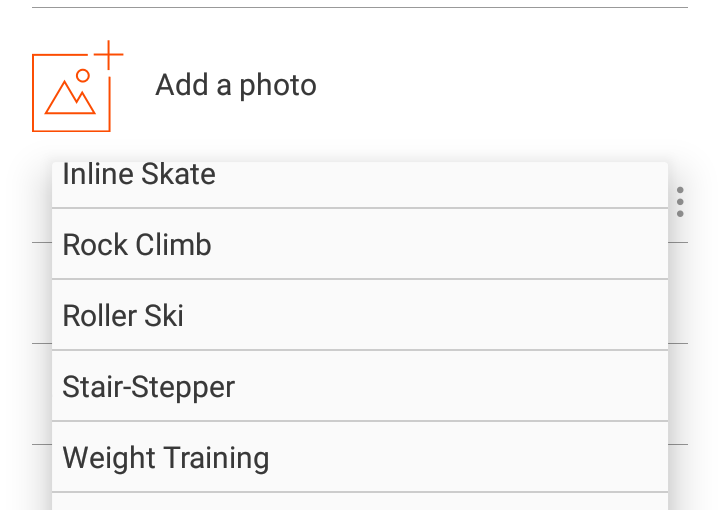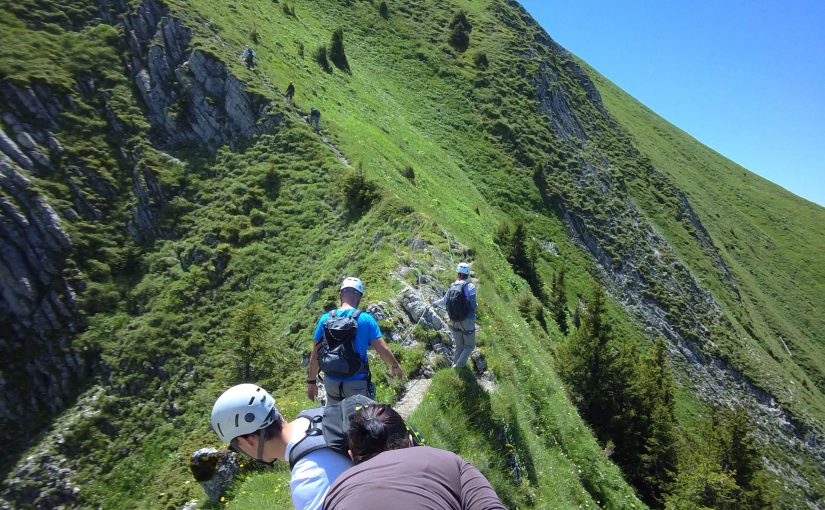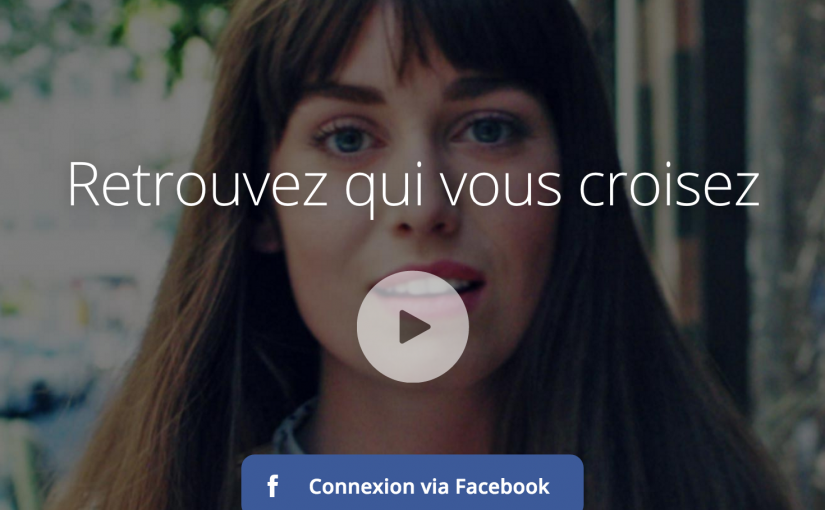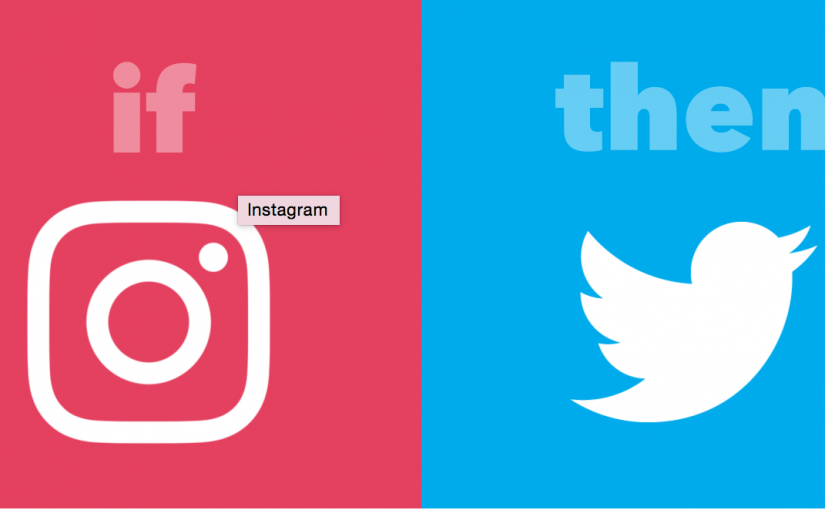Category: social networking
-

Strava Now Has Rock Climbing, Hiking And More
—
by
Reading Time: 2 minutesStrava now has rock climbing, hiking and many more sports. Sports tracker, movescount and other applications already allowed you to do this but it is nice to see one more network provide us with this option. Up until now I had to make sure to go for a bike ride or three…
-
Thoughts on Youtube Backstage
Reading Time: 2 minutesYoutube backstage is a consequence of Youtube comments not playing nicely within Google+. Google+ is a pleasant social network where people who want to have conversations and share pictures can meet and broaden their horizons. It is a place where you can write comments that are as long or as short as…
-

Online communities and socialising in person
Reading Time: 2 minutesOnline communities and socialising in person can be a challenge for people. Either they are shy, lacking the courage to meet with strangers and start a conversation or they are introverts, interested in being in a group but not necessarily to participate in the conversations. The question was “how to go to a glocals meeting when…
-
Playing Ingress and Pokemon Go in parallel
Reading Time: 2 minutesPeople are playing Ingress and Pokemon Go in Parallel. Both games use the same geo-located points and walk the same routes. They have the same places to farm and combat. I started playing Ingress again, but only a few minutes here and there. As I play I see new faces and new…
-
Networking around Pokemon Go
Reading Time: 2 minutesNetworking around Pokemon Go is less interesting now that everyone plays the game. I have heard non geeks talk about Pokemon Go. They spoke about the large crowds that are staring at their phones in places like Ouchy. The value of social movements is to be part of a small, passionate group of…
-

Did anything happn?
Reading Time: 2 minutesHappn is a location based dating app, at least in theory. I have had the app on my mobile phones for a year or more and have yet to meet a Happn user in person. In theory Happn shows you who you have crossed paths with and where. It also tells you…
-
Discussing News on Facebook
Reading Time: 2 minutesDiscussing News on Facebook is not as interesting as it is on Google Plus. On Facebook publishers and friends tend to share and promote clickbait rather than articles that they have actively looked for and read. Google+ in contrast is a place where people surf the web reading news stories and when…
-
Thoughts on the Conversational Sharing of Links
Reading Time: 3 minutesFacebook and twitter were first and foremost about conversations between individuals. It is only later that thoughts on the conversational sharing of links became relevant. In a conversational environment you may see headlines and either comment or re-share them without taking the time to read the article. In taking the time to…
-

IFTTT – Instagram to Twitter
Reading Time: 2 minutesInstagram is still a healthy social network. It still finds an engaged group of users who want to share their adventures, meals, friendships and more with other users. Some of them love sharing selfies and others share beautiful landscapes. This keeps the network vibrant and young. Twitter on the other hand has…
-
Content creation and Social Networks
Reading Time: 2 minutesContent creation and Social Networks both fulfil our need to communicate with others. In one case we are working on the long form and creating content in blog form, photographs, well produced videos and more and through certain social networks we do the opposite. On twitter and facebook we spend most of our time…